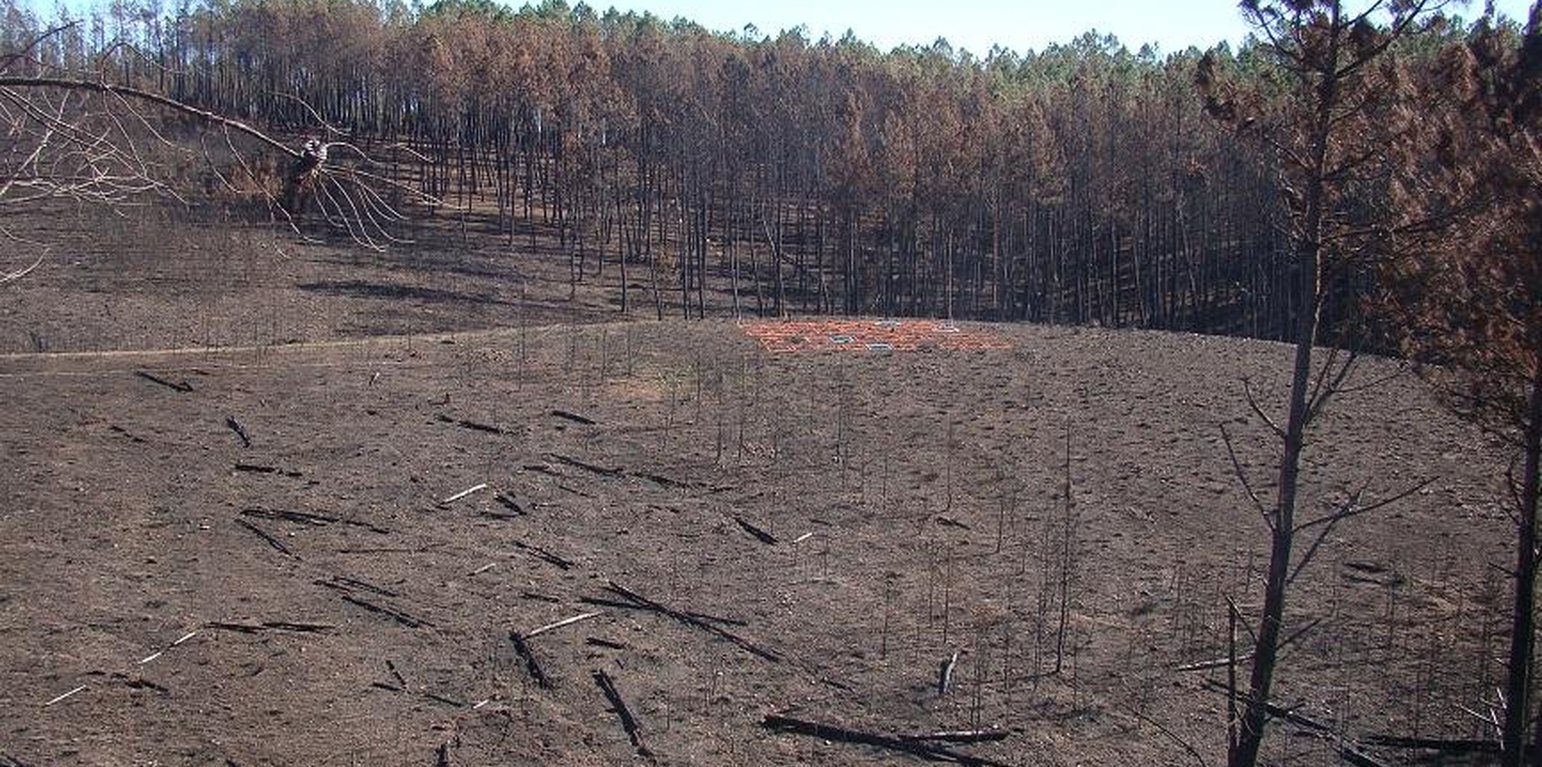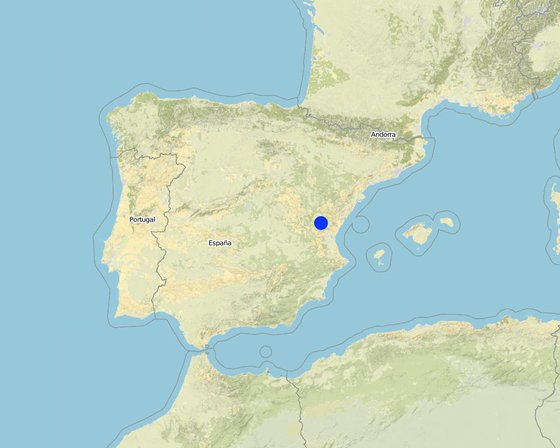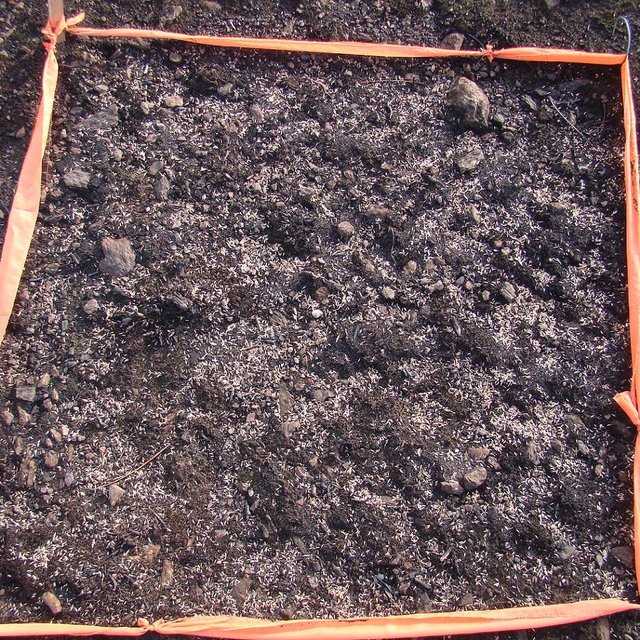



A wildfire is expected for the summer 2015 in the Caroig mountain range. The area was afforested by Aleppo pines during the 20th century and nowadays the landscape is composed of mature Aleppo pines at different stages of development and shrub vegetation in the understorey.
The research team of the University of Valencia will implement an experiment based on the seedling technique in order to reduce post-fire soil losses.
Purpose of the Technology: Seedlings in a post-fire environment will provide soil cover after the seed establishment, decreasing raindrops energy on soil surface and thus soil erosion.
Establishment / maintenance activities and inputs: The seeds will be obtained from greenhouse markets nearby (25 km) the research area. Festuca sp. will be used as the main species.
Natural / human environment: The Aleppo pine trees in the region are typically planted as mono-culture for wood production. The landscape reflects a long history of intense land management, with a mosaic of (semi-)natural and man-made agricultural (terraces) and afforested lands. Since the 1970´s, however, wildfires have increased dramatically in frequency and extent, driven primarily by socio-economic changes.

Location: Valencia, Spain, Spain
No. of Technology sites analysed:
Spread of the Technology: evenly spread over an area
In a permanently protected area?:
Date of implementation:
Type of introduction





